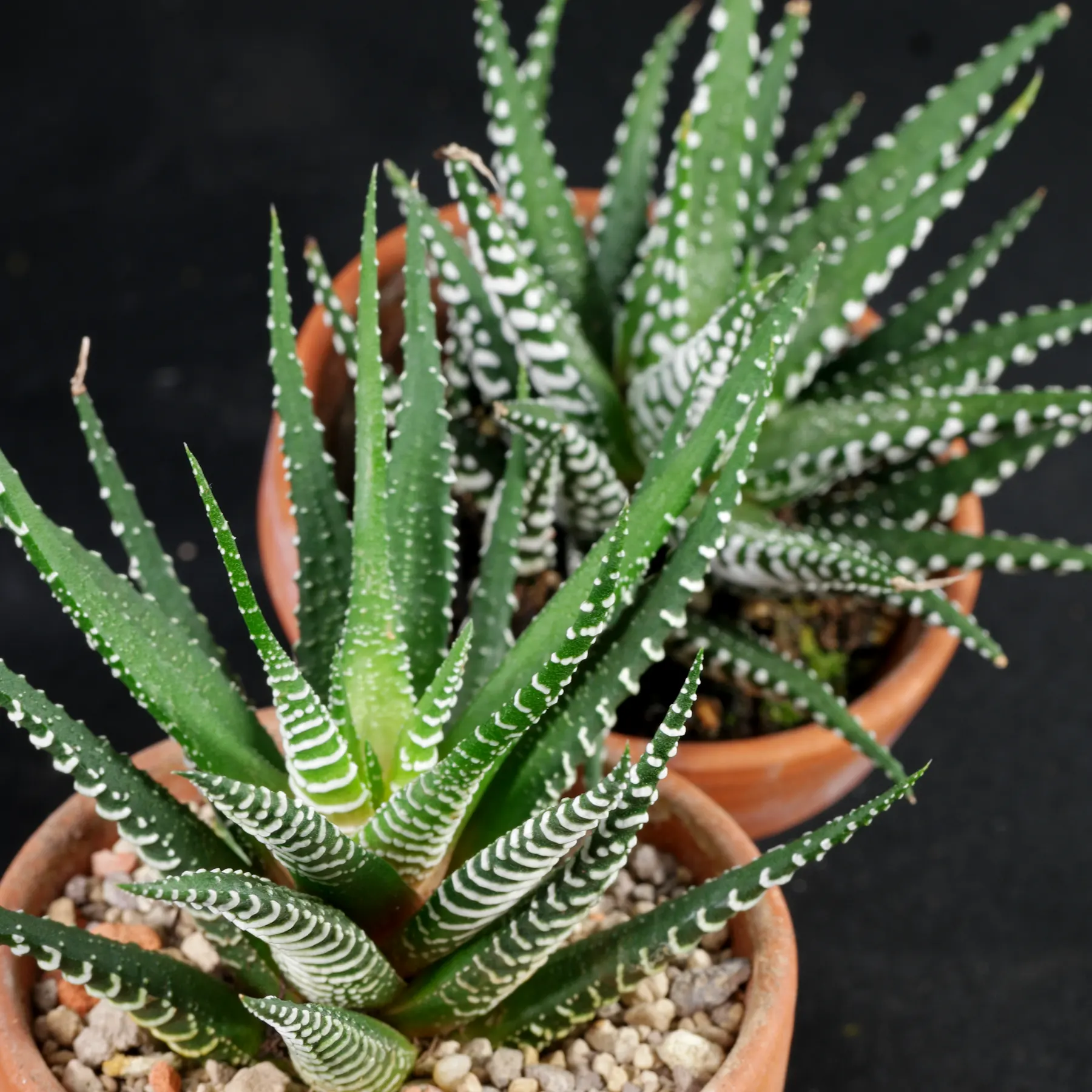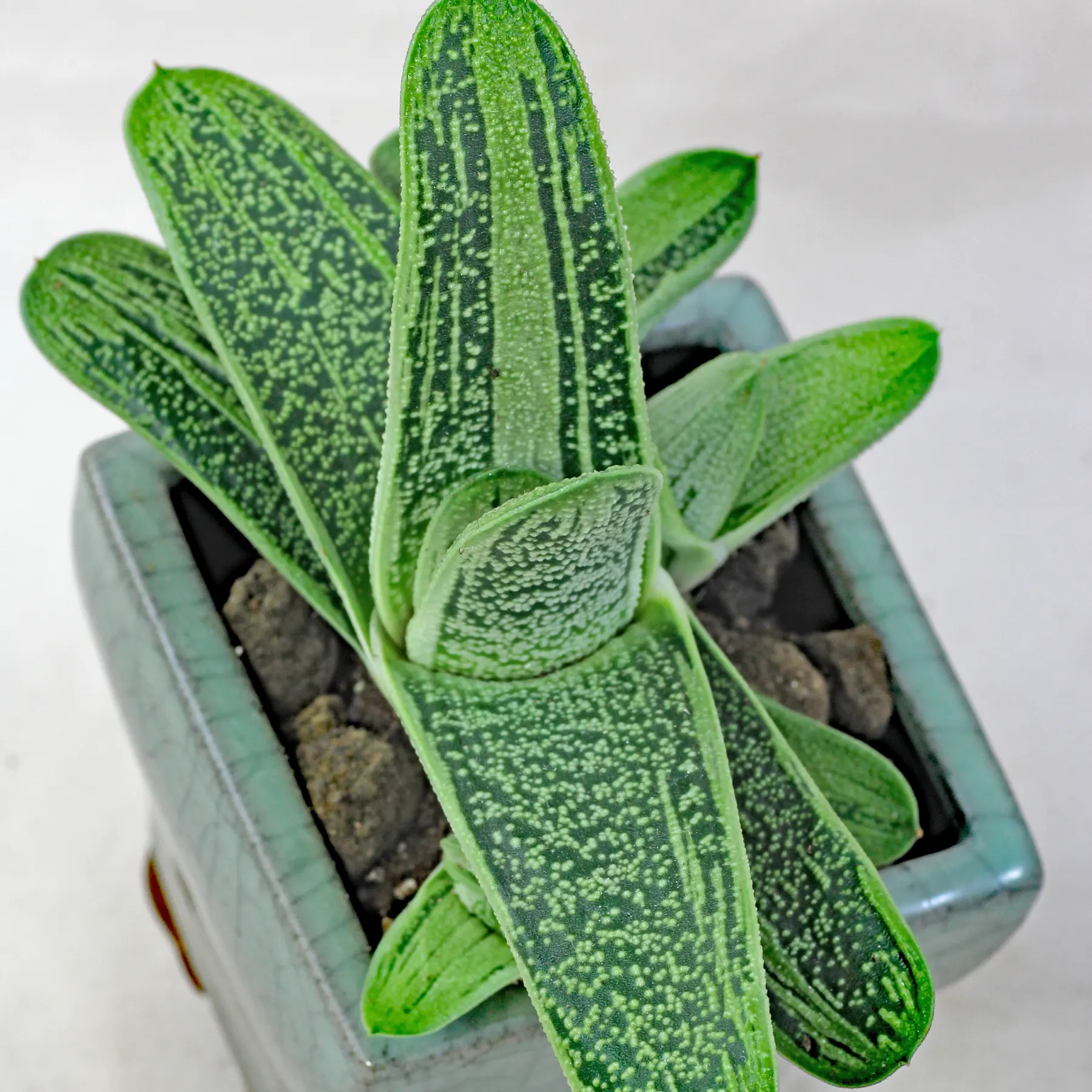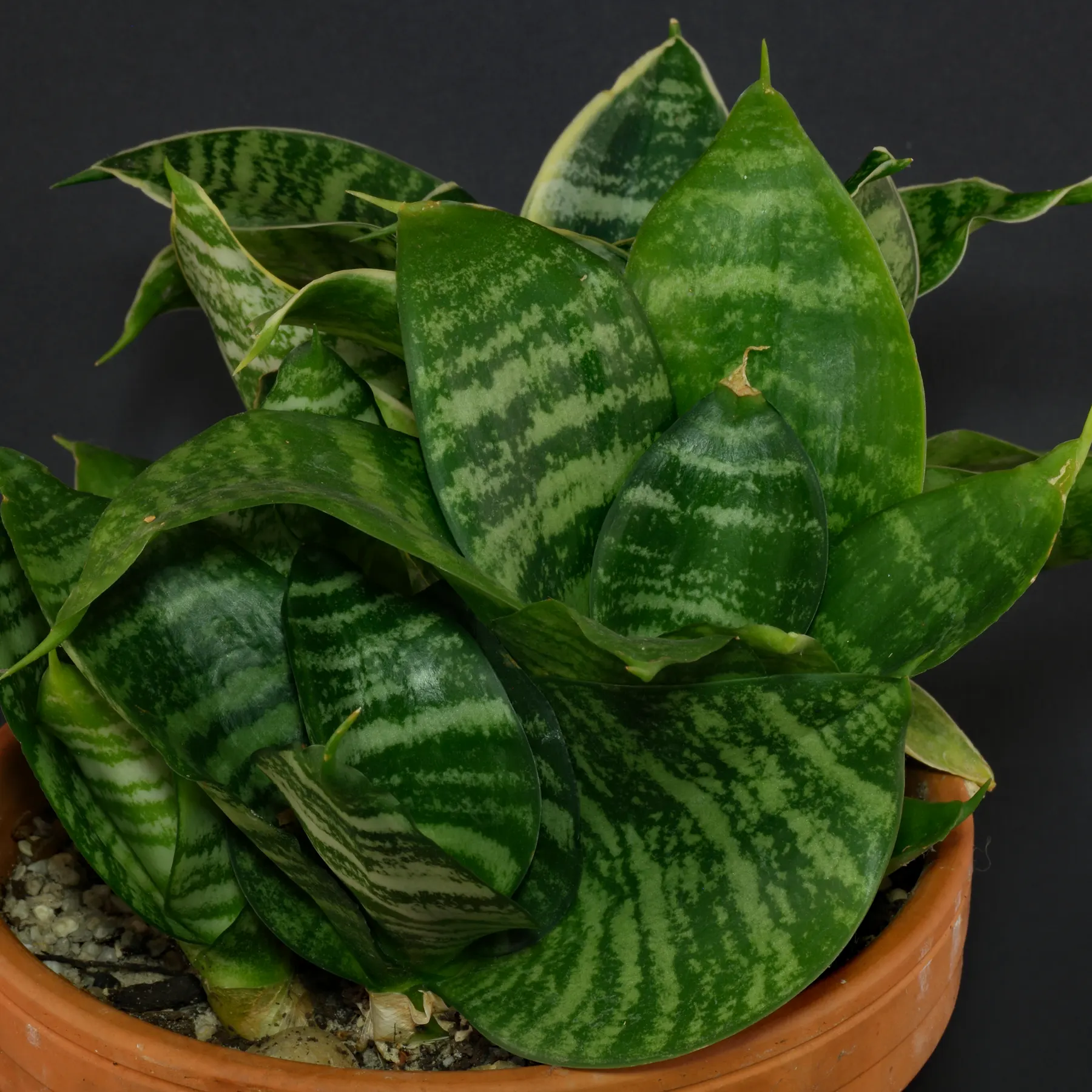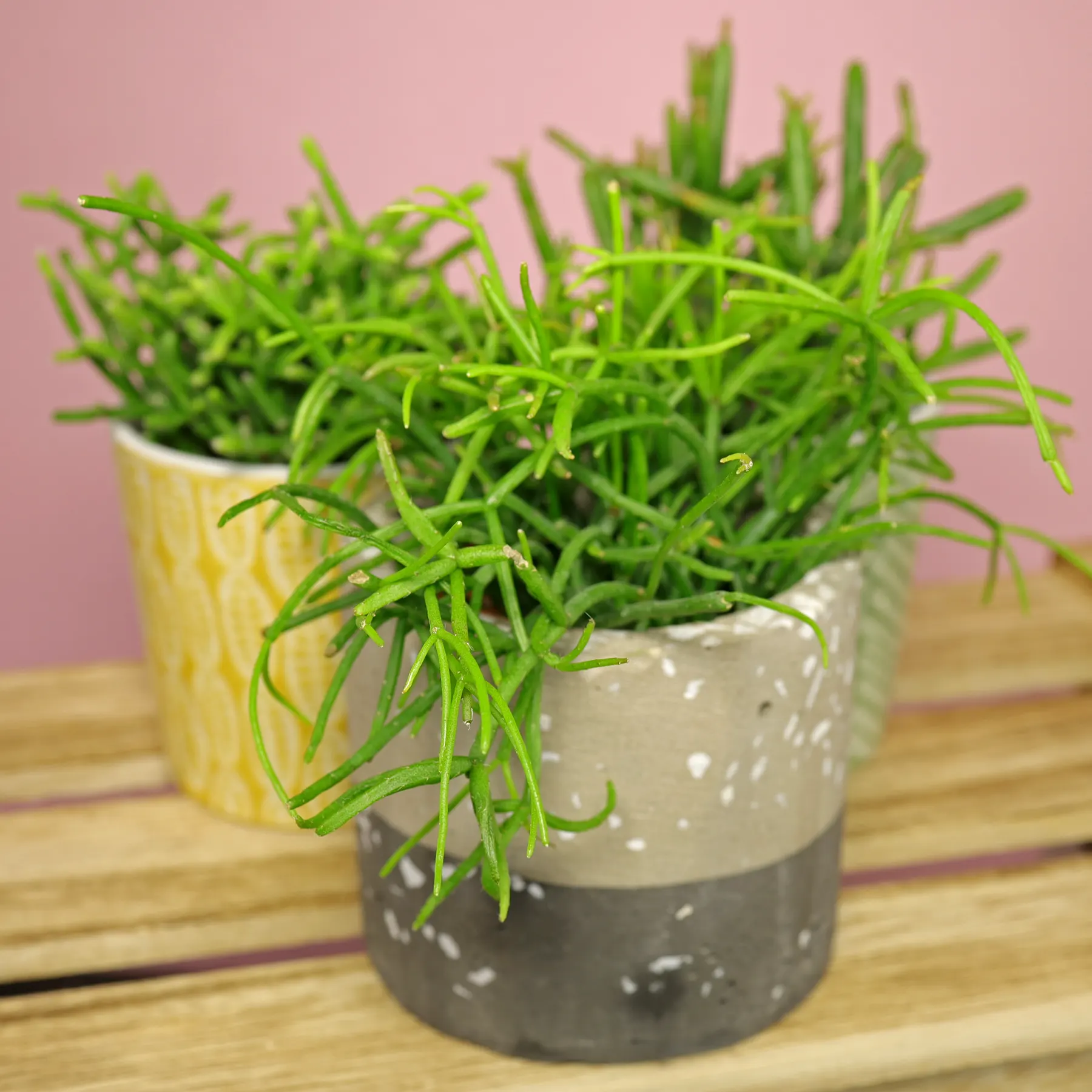Not all succulent plants like or need sun throughout the day. This includes, for example, species that grow in woods or among tall grasses and small shrubs.
Those succulents are sometimes referred to as “partial shade-loving” or even “shade-loving”. Which doesn’t have to be true, as they can do quite well on sunny sites. But they can also do well in semi-shade.
Some of the plants presented below also have cultivars with variegated (variegated) leaves. They can be white-green or yellow-green striped and are often sold with the variety name “Variegata”.
If the leaves of these cultivars are to turn an intense color, then they need bright to sunny locations. However, they do not die in partial shade, but there may develop only green leaves.
Haworthia & Haworthiopsis
The species from the genera Haworthia and Haworthiopsis are closely related to the aloes. They originate from southern Africa, and most species are native to South Africa. What makes these succulent plants so interesting for indoor culture is that they stay small and do not need to be placed at a sunny window.

The two species shown here are suitable for sunny to semi-shady locations.

Gasteria
The Gasterias are not quite as well known as the Haworthias, but even in this genus there are many species that do well in partial shade locations.

Beside the naturally occurring Gasteria species there are also many cultivated forms available. Unfortunately, these are often sold only as “Gasteria”.
It is always better to know the botanical name and origin of a plant. To be able to care for them in accordance with their needs.
Dracaena (Sansevieria)
Sansevierias, especially the varieties of Sansevieria trifasciata, are the classics for dark corners. But they often look like that when they are left to vegetate in shady locations. Which, admittedly, doesn’t really seem to harm them. Their leaves are thinner there, show less patterning or they grow slowly.

The front leaves are grown in partial shade, they are missing this coloring.
Many of the sansevias offered in garden centers do well in partial shade locations. Among them are those shown here.


Why the sansevierias are now dragon trees.
The genus Sansevieria was dissolved in 2018. Thanks to more accurate identification methods, it has been discovered that Sansevieria are so closely related to dragon trees that they have to be included in the genus Dracaena.
So sansevierias are now dragon trees. By the way, they share this fate with rosemary, which is now a sage.
Rhipsalis
Although they may not look like it at first glance, the species of the genus Rhipsalis are cacti. Many are native to Brazil, where they grow in tropical forests. Sitting on trees or stones.
By the way, they are closely related to the Easter cactus and Christmas cactus.

How to care for Rhipsalis cacti –>
Why I have chosen these plants
Because I have grown them or currently grow them in semi-shaded locations.
There are many posts like this on the web. They are very easy to make, little expertise is needed. The information can be copied from books or, very cheaply because it’s free, from other websites.
You can see that it is copied shit by the pictures. If copyright notices have been placed under them.
The photos in these posts often come from image databases and were licensed. Or “licensed” from other sites without being asked.
If I only know a plant from pictures, how am I supposed to know what its needs are for light, temperature, water, and nutrients?
Because these “authors” cannot copy the texts one to one from other web pages, they are reformulated. So a low light tolerant succulent can become a low light loving succulent.
